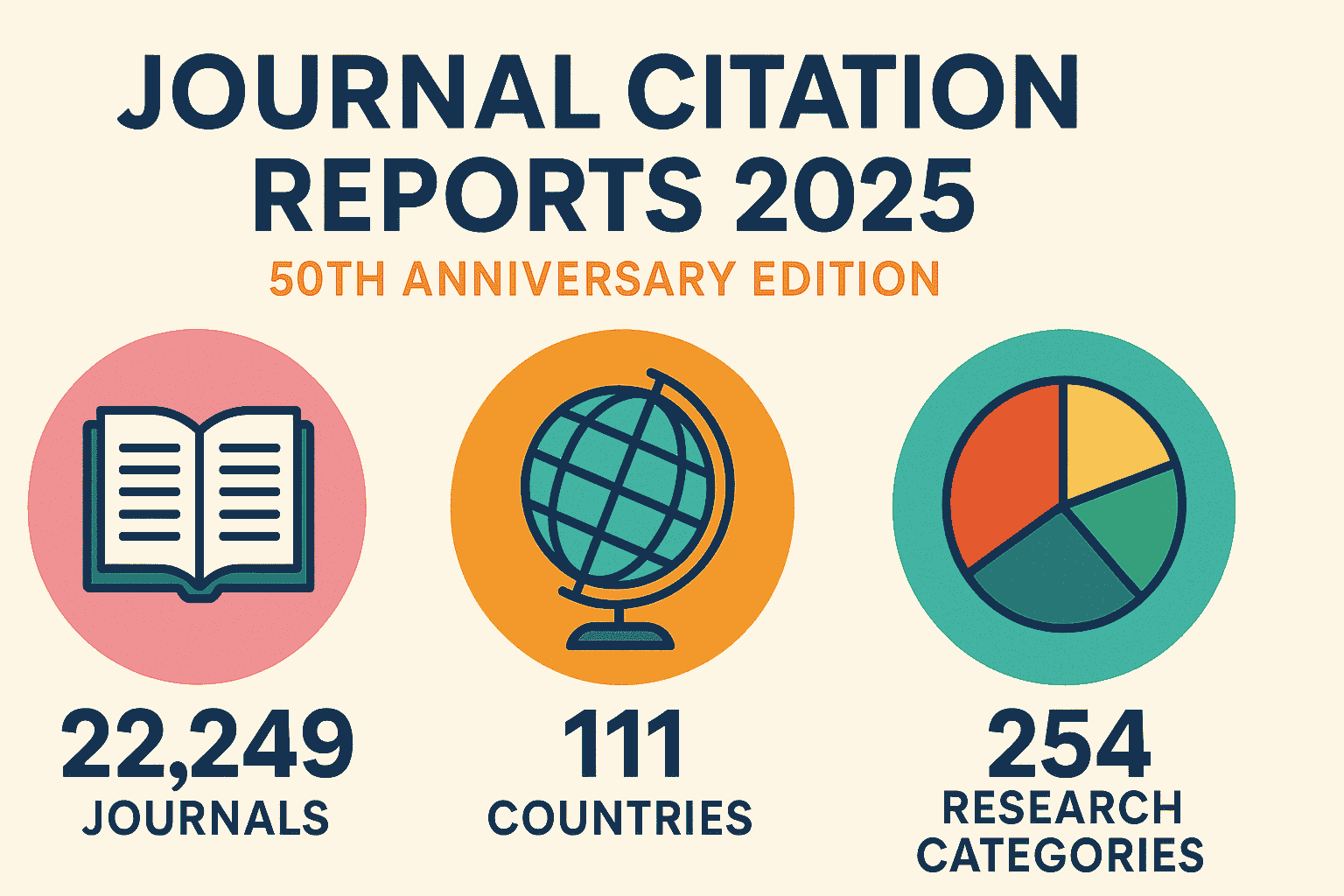Immunohistochemistry (IHC) Protocol
Immunohistochemistry (IHC) Protocol
Immunohistochemistry (IHC) is a technique used to identify specific antigens in tissues by using specific antibodies that bind to them. Here’s a simple protocol:
Materials:
- Formalin-fixed paraffin-embedded (FFPE) tissue sections.
- Xylene.
- Series of graded alcohol.
- Target retrieval solution.
- Hydrogen peroxide.
- Blocking solution.
- Primary antibody, specific for the target antigen.
- Biotinylated secondary antibody.
- Streptavidin-HRP (horseradish peroxidase) and DAB (diaminobenzidine) chromogenic substrate or its equivalent.
- Hematoxylin for counterstaining.
- Slides and coverslips.
- Mounting medium.
Steps:
- Deparaffinization and rehydration:
Soak slides in xylene for 10 minutes (2 changes), then in a series of graded alcohol for rehydration (100%, 95%, 80%, and 70%), each for 10 minutes. - Antigen retrieval:
Immerse slides in target retrieval solution and heat (in a microwave or pressure cooker) to unmask the antigens. Allow to cool down at room temperature. Rinney thoroughly with distilled water. - Peroxidase block:
To block endogenous peroxidase activity, incubate slides in a hydrogen peroxide solution for 10-15 minutes. - Blocking:
Apply blocking solution to reduce non-specific antibody binding. - Primary antibody incubation:
Incubate tissue with the primary antibody. Incubation times will vary based on the antibody (usually overnight at 2-8℃ or 1-2 hours at room temperature). - Secondary antibody incubation:
After washing off the primary antibody, incubate it with the biotinylated secondary antibody. Skip this step when using a directly conjugated primary antibody. - DAB incubation:
Apply a streptavidin-HRP complex, followed by DAB, which produces a brown colour at the antigen site. - Counterstaining (optional):
Apply hematoxylin to provide a blue counterstain to the brown DAB. - Dehydration:
Dehydrate slides with graded alcohol (reverse sequence as before) and then in xylene. - Mounting:
Mount with a coverslip using a mounting medium.
NOTE: This is a general protocol; products and incubation times can vary. Be sure to follow the specific instructions provided with your antibodies and reagents. Always wear appropriate personal protective equipment (PPE) for handling all chemicals.








